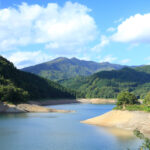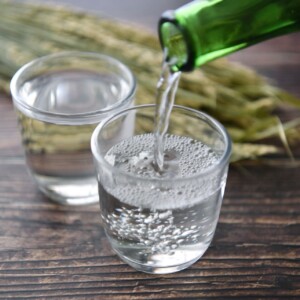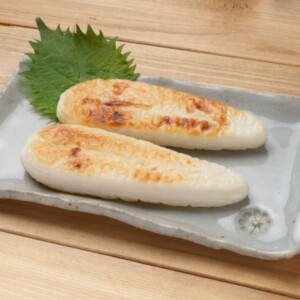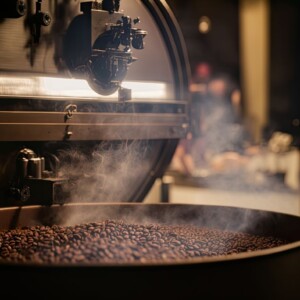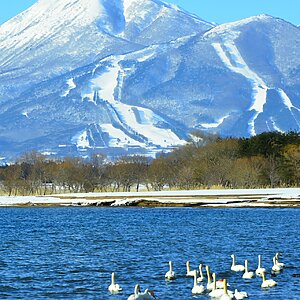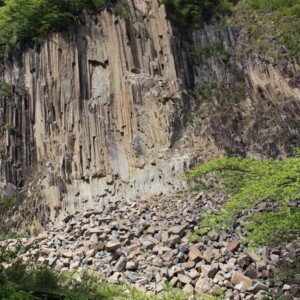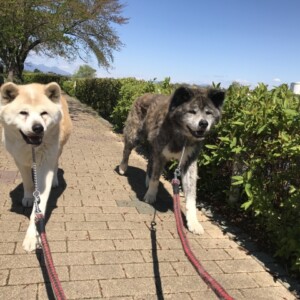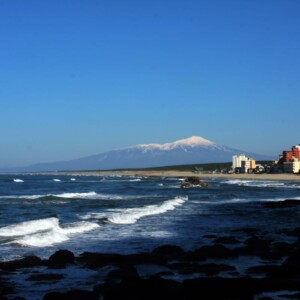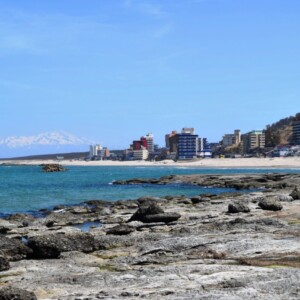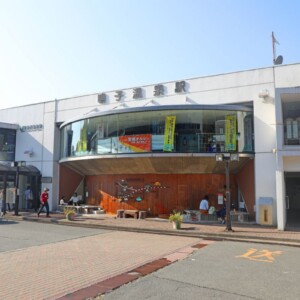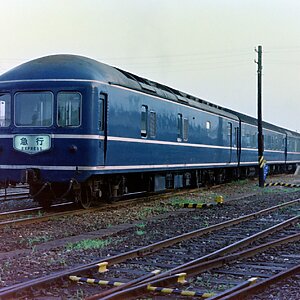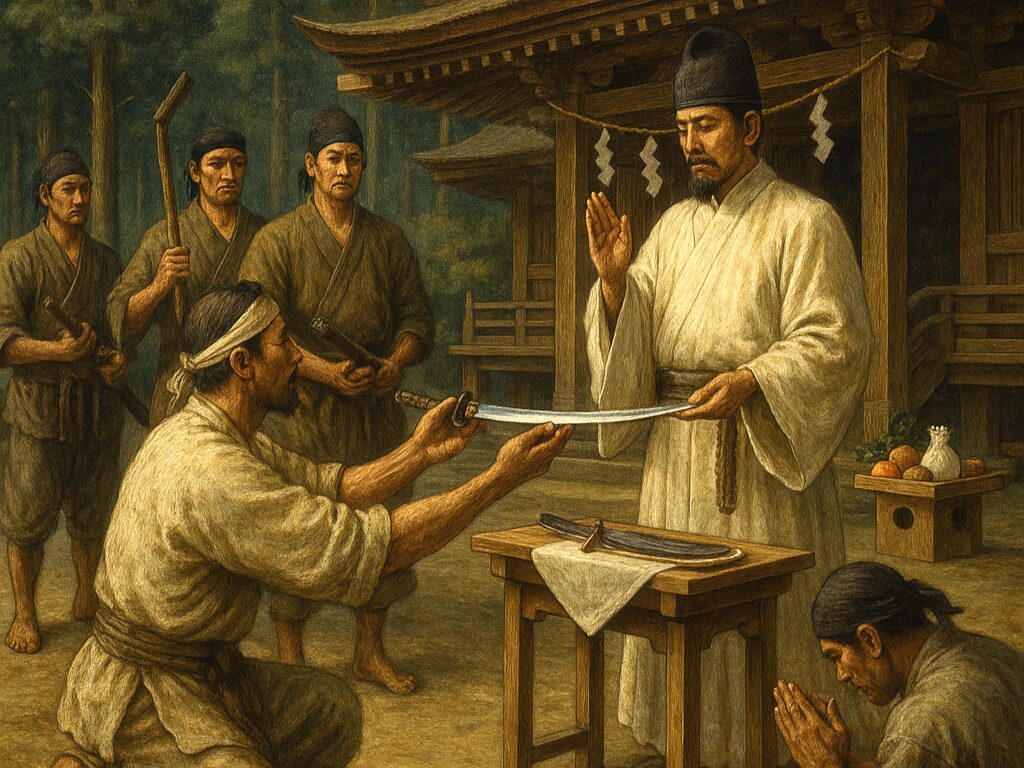
[Part 2] Who is the Oshu "Maikusa Blacksmith"? Explaining the influence they had on the development of Japanese swords!
table of contents
Why did the Maikusa sword have such a sharp edge? Are ancient swords a lost technology that cannot be reproduced?
We've looked at the legends surrounding the superior sharpness of the Maikusa sword, but how did it come to have such high cutting power?
To explain, we must first look at the period classification of swords known as
"koto" and "jokoto " "Koto" refers to swords forged from the early Kamakura period to the end of the 16th century, while those made before that are called "jokoto."
A distinctive feature of koto construction is that the blade is often formed by kneading soft and hard iron together, which differs "shinto" (swords made after koto to around the mid-Edo period), which are finished by wrapping soft iron in hard iron.

Sword by Osumi no Jō Masahiro, Edo period, 1606 (Keicho 11) Source: ColBase (National Institutes for Cultural Heritage Integrated Search System
for Collections) Amazingly, even today we have not made much progress in understanding the composition of old swords, and it is no exaggeration to say that a wide range of techniques, such as the composition of the iron material, firing temperatures, and molding methods, are impossible to restore. It is
so-called lost technology , and some modern swordsmiths say that recreating old swords is their ultimate goal.
Therefore, the exact reason why Maikusa swords boasted such sharpness remains a mystery. It's possible that
the iron used in these swords contained various impurities, which we would call modern-day impurities. It's possible that these substances contributed to unimaginable strength or, as some legends suggest, to the blade's striking blue or green colors.
Furthermore, the techniques and knowledge required to intentionally create these unique blades were secret, and swordsmiths of the past would not readily disclose their research results. It's easy
to imagine that some techniques are passed down from father to son, and once lost, they can never be reproduced.
While future advances in scientific research may reveal the composition and craftsmanship of ancient swords, the height of these swords remains a topic of ongoing research, even for modern swordsmiths.
The reason why Maikusa swords were popular with many samurai is probably because they not only had a sharp edge, but also had the strength to withstand fierce battles.
Because of their sharp edges, swords can easily chip when slashing each other.
In terms of artistic value in the modern sense, delicate polishing is necessary, but as a sword was originally a tool used in daily combat, it is thought that its fighting performance, such as resistance to chipping and breaking, was important.
For this reason, it is said that before a battle, the blade would be polished with gravel to roughen it up.
As mentioned earlier, there are many unknown aspects of how ancient swords are made, so the details remain a mystery, but it is not unnatural to assume that swords and katanas of that time were required not only to be sharp, but also to be sturdy enough to withstand long periods of close combat.
Perhaps this is why the legend of the dancing sword "Kirisue," which is said to have cut down armored warriors, was born.
What is Maikusa Shrine? A former base of the Maikusa school?
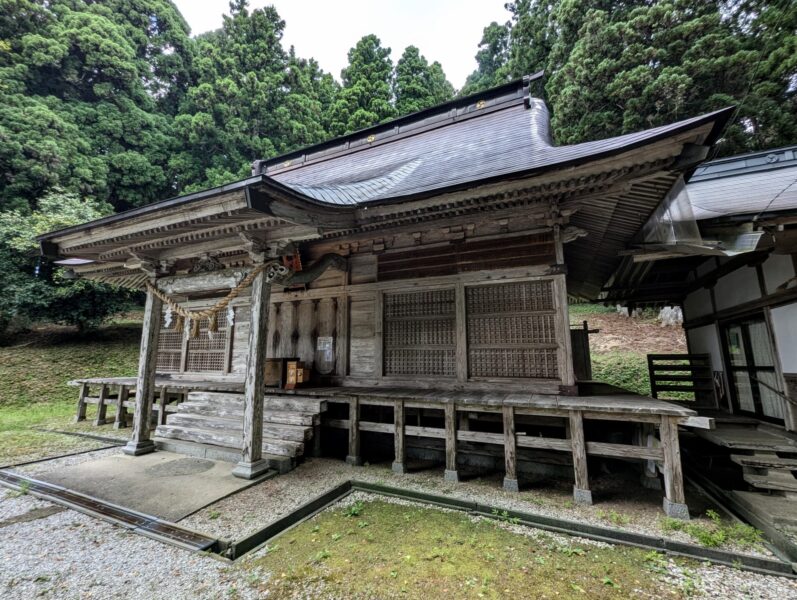
let us introduce Moukusa Shrine in Ichinoseki City, Iwate Prefecture, which is located on land that is believed to have been the base of operations for the Maikusa school of swordsmiths
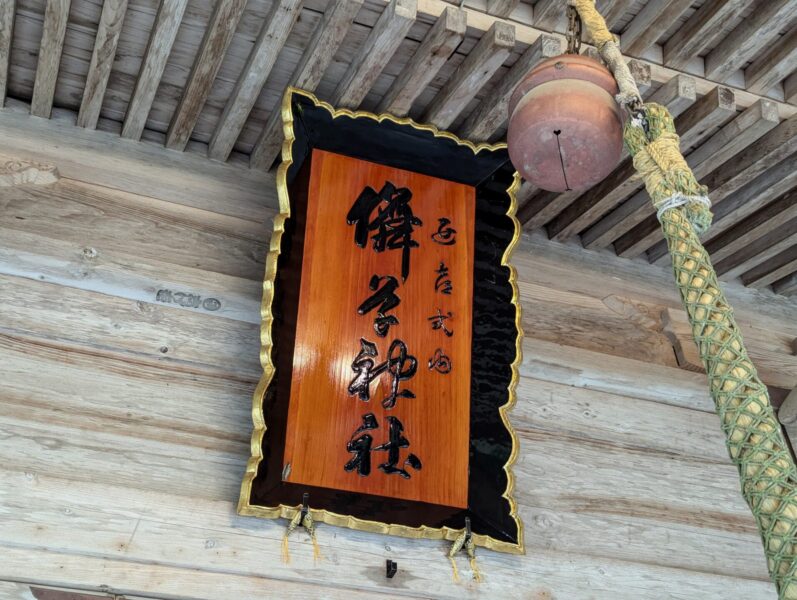
The shrine is located on the middle slope of Mt. Kannon, 324 meters above sea level, and was founded in the Heian period and is listed as a shrine in the Engishiki.
Items related to blacksmithing, such as bellows, iron slag, iron fragments, and burnt clay, have been excavated from the surrounding area, but no ruins have yet been discovered that directly prove that the Maikusa school used this area as its base.
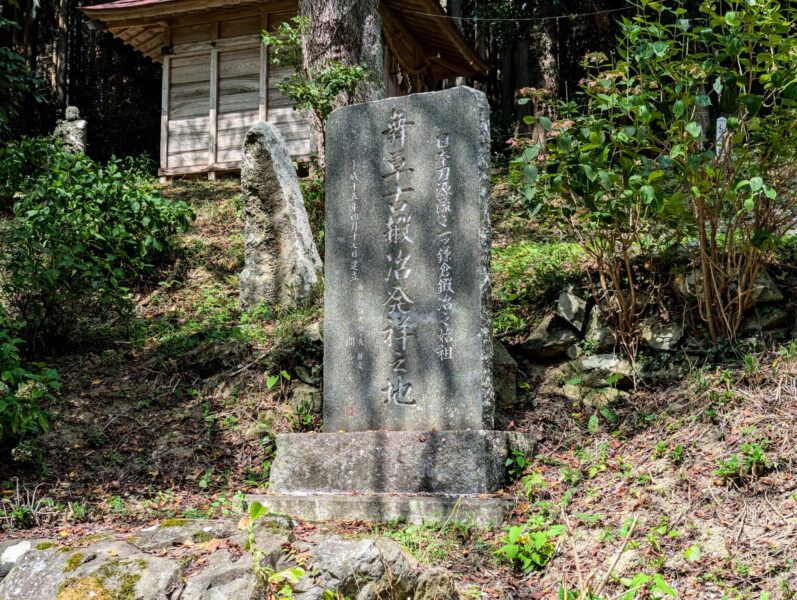
However, due to the similarity of the characters for "Hakuso" and "Maikusa," and the place names scattered around the area such as "Kajizuma," "Yutsubo," and "Shimizu," which suggest a connection to blacksmithing, this place is considered the birthplace of Maikusa ancient blacksmithing
There is also a legend that the group of Maikusa sword smiths were people who came over from the continent, and it is an interesting fact that the place name "Karanoko" remains, which seems to prove this.
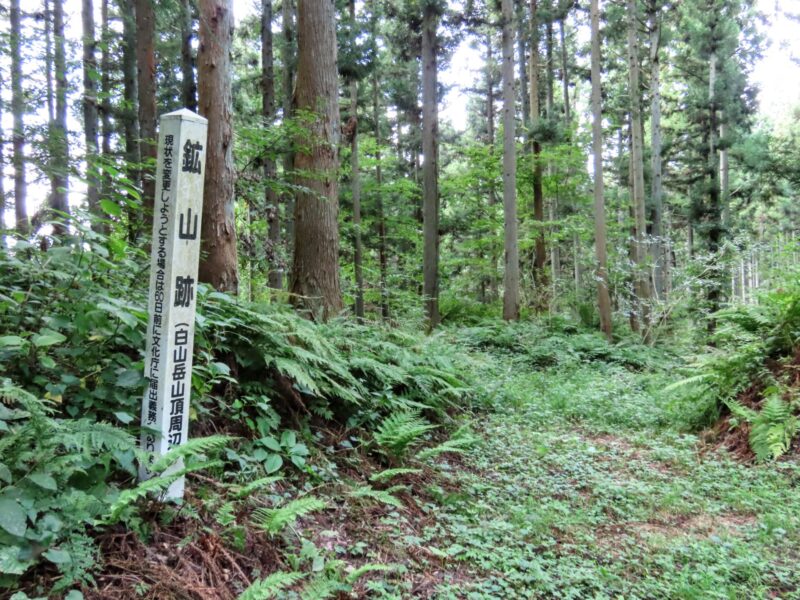
Furthermore, on Mt. Hakusan, which is connected to Mt. Kannon, where the shrine is located, high-quality iron ore containing a large amount of iron was once mined.
For safety reasons, the remains have now been buried, but it is believed that the ability to collect these iron raw materials also contributed to the development of the blacksmith group.
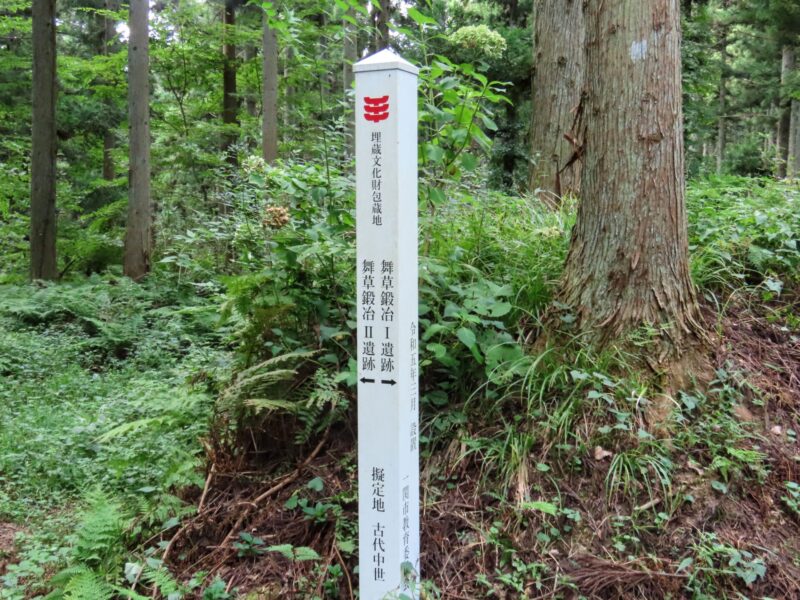
Along the approach to the east side of Maikusa Shrine, "Maikusa Blacksmith Ruins," and it is assumed that the area was once a blacksmith's shop, but no concrete ruins have been found to prove this.
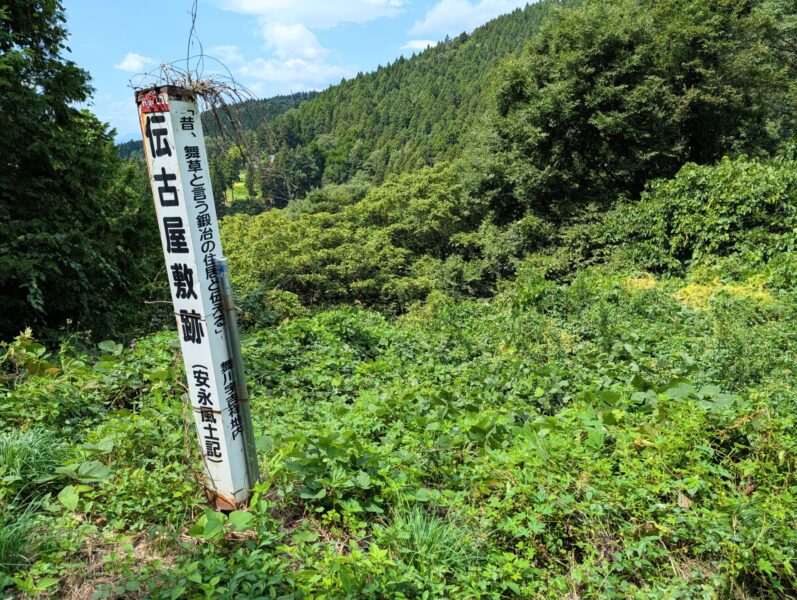
However, along the way there is an open space called "Kissho Ichibanchi," and it has been pointed out that this may also be the site of a blacksmith's shop.
Deity of Ukusa Shrine
If we look at the deities enshrined at Ukusa Shrine, we find that four deities are enshrined: Izanagi-no-Mikoto, Shirayama-hime-no-Kami, Uganomitama-no-Mikoto, and Kumano-Okami.
Izanagi-no-Mikoto is the father god of the creation of Japan, Hakusanhime-no-Mikoto is a god associated with the worship of Mount Hakusan, which straddles Ishikawa, Gifu, and Fukui prefectures, Kuranokami-no-Mikoto is the so-called Inari god, and Kumano-no-Okami is a god enshrined in Kumano, Wakayama prefecture, and is widely revered in the Tohoku region.
Although these gods are popular, it is difficult to see any direct connection to blacksmithing.
However, within the shrine grounds there is the Hakusan Myori Gongen Shrine, which is said to have been founded in 718, and a signpost marking the site of the gold-cast statue.
Hakusan Myori Gongen Shrine is believed to have a huge rock as its sacred object, and is a place that gives a sense of the ancient so-called "iwaza faith," and there is a theory that this is the original Tokusa Shrine.
At first glance, there are no remains or vestiges to be seen at the "Kanaigami Statue Ruins," but this "Kanaigami" is also known as "Kanayako-no-kami" or "Kanaya-no-kami," and is the god in charge of iron production.
Because he also possesses the characteristics of a fire god, he has been revered mainly by blacksmiths, bellows makers, ironworkers, and foundries involved in iron production and mining, and if Maikusa Shrine is the god of Maikusa blacksmiths, then perhaps this deity is more appropriate for swordsmiths.
Of course, they did not worship only one god, and since various natural elements such as earth, water, and wind were essential to their livelihoods, which centered on ironmaking and blacksmithing, it is not unnatural that they worshiped multiple deities as a group.
Hatsukusa Shrine <Information>
- Name: Gankusa Shrine
- Address: 5 Maikawa Ohira, Ichinoseki City, Iwate Prefecture, 021-0221
- Phone number: 0191-46-5319
- Official URL:-
Google Map
lastly
Maikusa swords are still a subject of much mystery, as no signed swords dating back to the Kamakura period have been found, and there is no evidence that they are related to the Maikusa district and Maikusa Shrine, which are thought to have been the base of a group of swordsmiths.
However, it is truly moving to think that Maikusa has influenced the birth of the Japanese sword, an implement that is no exaggeration to say created a historic milestone.
As research continues, we can look forward to even more amazing facts about Maikusa swords and Oshu swords being revealed.
<Major references and websites>
- Hideo Akanuma, "Ancient and Medieval Iron and Ironware Production and Distribution in the Northern Tohoku Region - An Interdisciplinary Study of Archaeology and Natural Sciences - (Summary)," Abstract of Doctoral Dissertation, Waseda University, 1992 <Link: PDF file >
- Nobuo Takahashi, "Warabi Teto," Materia, Vol. 34, No. 10, Japan Institute of Metals, 1995 (Link: PDF file )
- Junko Watase, "The Background of the Creation of the Sword Scroll: Reexamination of the Atsuta Mythology and the World of Sword Writings," Japanese Literature Studies (138 12-22), Waseda University Japanese Literature Society, 2002 (Link: PDF file )
- Special Exhibition "Exploring the Roots of Curvature in Early Japanese Swords" Sano Art Museum, Osaka Museum of History, Ichinoseki City Museum, 2003
- Hideo Akanuma and Masaru Kumagai, "Metallic Archaeological Analysis of the Damaged Warabite Sword in the Collection of Rikuzentakata City Museum," Iwate Prefectural Museum Research Report No. 30, Iwate Prefectural Museum, 2013 (Link: PDF file )
- Ichinoseki Civic Activity Center Legend Research File No. 4 "Maikusa Blacksmith" <Link: Website >







![[Part 1] Who is the Oshu "Maikusa Blacksmith"? Explaining the influence they had on the development of Japanese swords! Maikusa swordsmith (image)](https://jp.neft.asia/wp-content/uploads/2025/09/f81bd5fe0ff542789108e6dda557ec4b-150x150.jpg)
![[Part 2] Who is the Oshu "Maikusa Blacksmith"? Explaining the influence they had on the development of Japanese swords! Maikusa blacksmiths traveling to various places (image)](https://jp.neft.asia/wp-content/uploads/2025/09/881c8fae8d0bc6cdbd3812adefe94a14-150x150.jpg)
![Let's go see the natural Akita cedars [2] A forest of natural Akita cedars with giant trees over 200 years old Mt. Nanaza](https://jp.neft.asia/wp-content/uploads/2025/08/2e1cab44ce484b377d4a0b2675da2274-150x150.jpg)
![[Sendai City, Miyagi Prefecture] It was so much fun and I was so excited! Sendai City Astronomical Observatory Exhibition Room and Museum Shop 010053](https://jp.neft.asia/wp-content/uploads/2022/03/010053-150x150.jpg)
![[Akita's Sasara Dance: Part 1] The roots of "Sasara Dance"? The hints are "lion dance" and "sasara" Changzhou Shimo-Godō Sasarak 1_Noshiro City](https://jp.neft.asia/wp-content/uploads/2025/05/2470809d4123e66248db3432333759c1-150x150.jpg)
![Yurihonjo City, where Honjo, Kameda and Yajima domains were intersected between the Kubota and Shonai domains [Akita Prefecture] FF2C8AAA4350E7E179F97F97B38B3A2302F-1](https://jp.neft.asia/wp-content/uploads/2024/04/ff2c8aaa4350e7e179f97f38b3a2302f-1-150x150.jpg)
